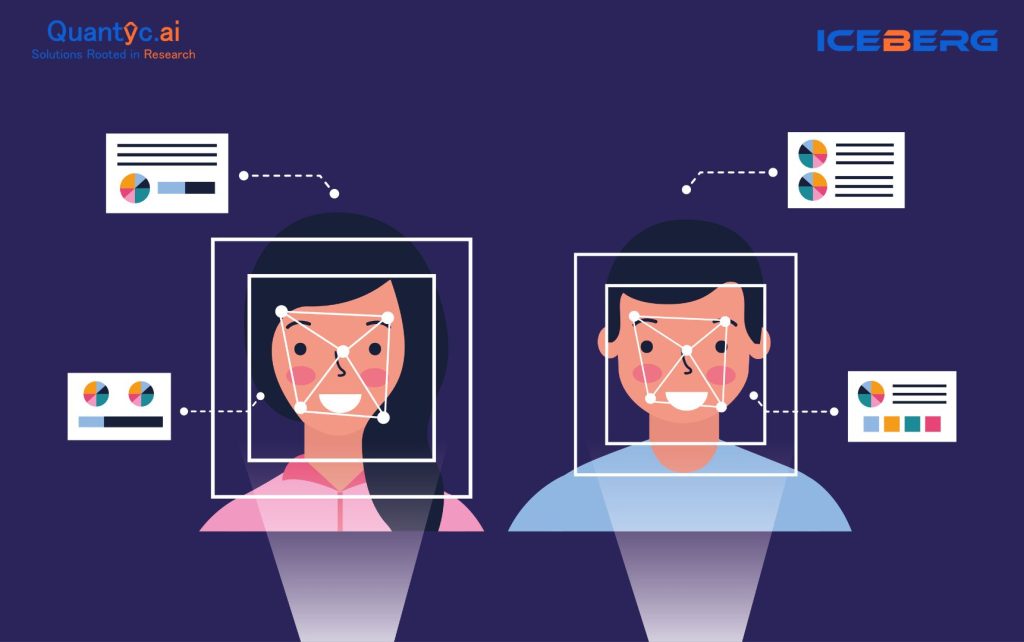As we forge ahead into 2024, banks and financial institutions face a new and rapidly evolving threat: deepfakes. Once confined to the realm of entertainment, this AI-driven technology has become a potent weapon in the hands of cybercriminals, posing unprecedented risks to the financial sector. But what exactly are deepfakes, and why should they be on every bank’s radar?
What Are Deepfakes, and Why Should You Care?
Deepfakes are hyper-realistic digital manipulations that use artificial intelligence to create convincing audio, video, or images that depict people saying or doing things they never actually did. While this technology has been popularized through viral videos and internet memes, its darker side is now emerging, particularly in the world of finance.
Imagine receiving a video call from your CEO, instructing you to transfer millions to a new account. The voice, the face—everything seems legitimate. But what if that call was entirely fake? This scenario is not just possible; it’s happening. In one real-world example, a deepfake video was used to deceive a finance employee into transferring $25 million to cybercriminals.
The Impact on Banks: Financial Losses and Eroding Trust
The implications of deepfakes in banking are profound. They not only facilitate large-scale financial fraud but also erode the trust that customers and stakeholders place in financial institutions. When a bank falls victim to a deepfake scam, the fallout can be devastating, resulting in significant financial losses and long-term damage to its reputation.
According to experts, deepfake-related fraud increased by a staggering 3,000% in 2023 alone, and this trend shows no sign of slowing down. As deepfakes become more sophisticated and harder to detect, banks must prepare for a wave of new cyber threats in 2024.

“Deepfake fraud increased by a staggering 3,000% in 2023, making it one of the most pressing cybersecurity threats for banks in 2024.”
Why Deepfakes Are So Dangerous?
Deepfakes are particularly dangerous because they can be used to enhance traditional forms of cybercrime, such as phishing and social engineering. Criminals can create personalized, believable communications that trick even the most cautious employees into making costly mistakes. The technology can also be used to create fake audio or video messages from trusted figures within a company, making it even harder to spot the scam.
Moreover, as deepfake technology becomes more accessible, the barrier to entry for criminals is lowered. What once required advanced technical skills can now be achieved with readily available tools and software. This democratization of deepfake technology means that virtually anyone can become a cybercriminal, increasing the risk for financial institutions worldwide.
How Can Banks Protect Themselves?
To combat the rising threat of deepfakes, banks must adopt a proactive, multi-layered approach to security. This includes:
- Strengthening Identity Verification: Implementing multi-factor authentication (MFA) and biometric verification can help ensure that communications and transactions are authentic.
- Investing in AI-Driven Security: Advanced AI tools can detect anomalies in communications that may indicate a deepfake attack, allowing institutions to respond before significant damage occurs.
- Training and Awareness: Regular training for employees on the risks and indicators of deepfakes is essential. Employees must be able to recognize when something feels off and know how to report it.
- Updating Incident Response Plans: Banks should revise their incident response plans to include scenarios involving deepfakes, ensuring they are prepared to act quickly in the event of an attack
Staying Ahead of the Curve
As deepfakes continue to evolve, they represent a growing threat that banks cannot afford to ignore. The key to staying ahead of this threat lies in a combination of advanced technology, employee vigilance, and a robust security framework. By taking these steps, financial institutions can protect themselves from the potentially devastating impacts of deepfake fraud in 2024 and beyond. For more in-depth insights and practical advice on how to safeguard your organization, read the full article on The Financial Brand
Our Sources:
- The Financial Brand – These Are the Biggest Fraud Risks Banks Will Face in 2024
- TechRadar – Why Deepfakes Are Set to Be One of 2024’s Biggest Cybersecurity Dangers
- Pindrop – Deepfake Attacks in 2024: What You Need to Know
#DeepfakeFraud #BankingSecurity# CyberThreats2024# FinancialFraud# AIinBanking# IdentityVerification# CyberSecurity# FinancialRiskManagement# PhishingScams# SocialEngineering